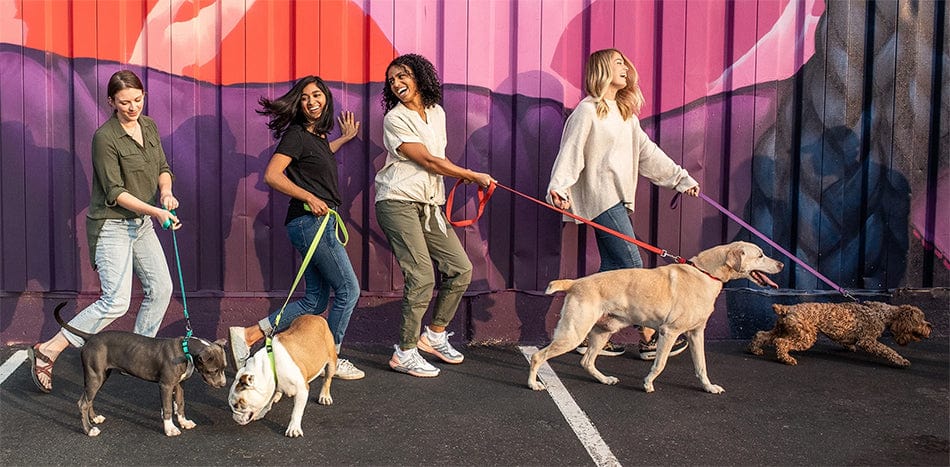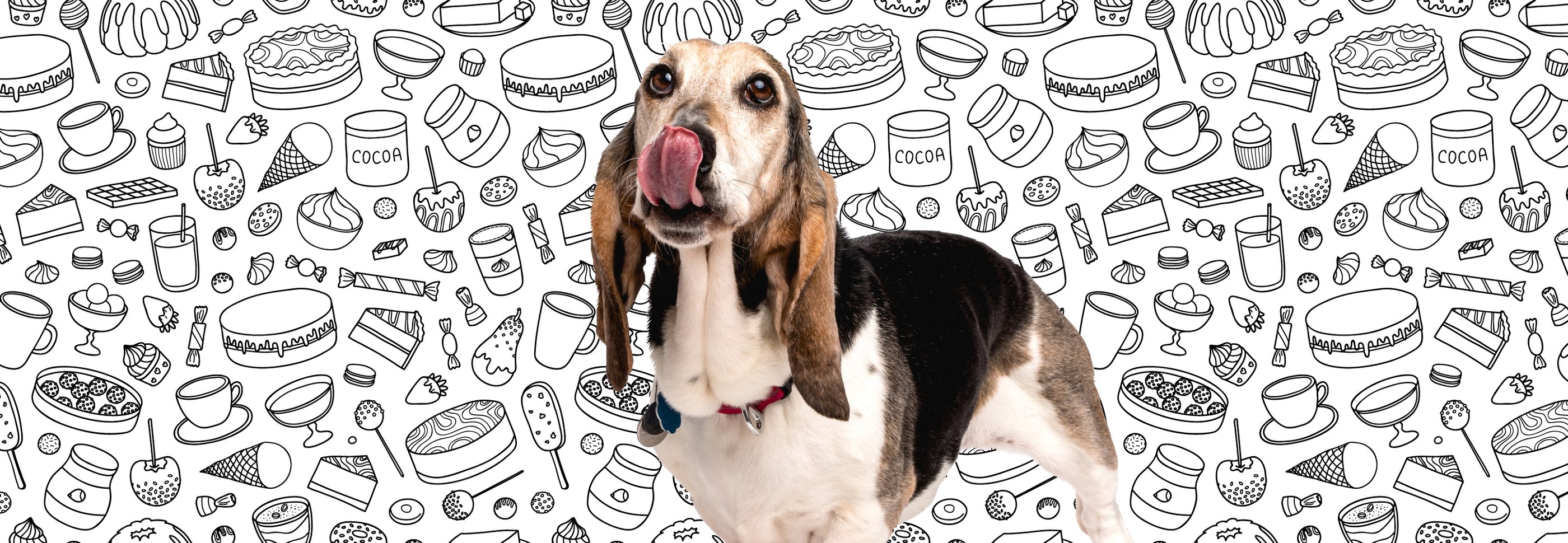This post is written by holistic veterinarian at "I and love and you", Dr. Angie Krause, DVM, CVA, CCRT.
The Furry Guide To: DOGS & CHOCOLATE
Every dog lover fears one day realizing their beloved pup couldn’t resist the chocolate treats on the kitchen counter. Here is what you need to know about chocolate and dogs that may be life-saving.
The Science Behind Dogs Eating Chocolate
- The toxic part of chocolate is theobromine and caffeine. So, no mocha lattes for fido please! Stick to the Puppuccino during your next Starbucks drive thru.
- Chocolate can cause restlessness, vomiting and diarrhea at moderate doses. High doses can cause scary symptoms like heart arrhythmia and seizures.
- It may take up to 6 hours for your pup to show symptoms after their naughty indulgence.
- The type of chocolate is very important. For example, dark chocolate has twice the poison compared with milk chocolate. Bakers chocolate is even more potent and contains three times the amount of poison compared with dark chocolate.
Good news! Dogs who consume chocolate won’t always require veterinary treatment.
Shop Treats & Chews
So, what do you do if your dog eats chocolate?
Here are my recommendations:
- Remove your dog from the situation to prevent more ingestion of chocolate. Seems obvious, but sometimes hard to remember if you’re freaking out.
- Estimate the quantity and type of chocolate consumed. For example, milk chocolate vs dark chocolate and baking chocolate vs semi-sweet chocolate. (If your dog ingested baker’s chocolate, get in the car and go straight to the vet. If your vet is more than 15 minutes away, call them to get instructions on how to make your dog vomit at home.)
- Call your local vet to assist in calculating how much your dog ingested.
- Use a chocolate calculator to assess your dog’s risk of toxicity. You can also download an app to your iOS device here.
How much chocolate is in each candy bar?
Estimating the amount and type of chocolate your dog ingested is easier said than done! Here are a few common chocolate candies to make it easier when you are counting those wrappers (some dogs eat the wrappers too).
- Fun size Snickers = ⅓ ounce milk chocolate
- Regular size Snickers = 0.7 ounces of milk chocolate
- Regular Reeses Peanut Butter Cup = 0.5 oz milk chocolate
- Miniature Reeses Peanut Butter cup = 0.2 oz milk chocolate
- Hershey’s Kiss (single) = 0.15 oz milk chocolate
- M&Ms regular sized package = 1.7 oz milk chocolate
- Hershey’s Chocolate Bar = 1.55 oz milk chocolate
- Average bar of dark chocolate = 3 oz dark chocolate
Example #1: 20 lb Dog
- A 20 lb dog could eat a few full size Snicker’s bars or 1.5 pack of regular M&Ms and not require a visit to the vet.
- Half of a bar of dark chocolate (1.5 oz) would give your dog some impressive vomiting and diarrhea. If you catch him in the act, taking him to the vet to induce vomiting will save Angus and the carpet from a miserable couple of days.
- A whole bar of dark chocolate (3 oz) would cause your dog to have heart arrhythmia and possibly seizures. This would be considered an emergency.
Example #2: 35 lb dog
- A 35 lb dog could safely consume 3.5 oz of milk chocolate. That’s a couple of packages of regular sized M&M’s.
- If your dog ate an entire bar of dark chocolate (3 oz), he would experience vomiting and diarrhea. Once again, taking him to the vet right away may make his life a lot easier.
- If your dog ate half a pan of chocolate brownies made with baker’s chocolate, he would require an emergency visit to the vet.
Example #3: 65 lb dog
- A 65 lb dog has weight on this side, and could consume 30 Reese's Miniature Cups. He might have an epic stomach ache, but he would not require veterinary care.
- If she ate 30 Hersheys Dark Chocolate Kisses he would experience severe vomiting and diarrhea and a trip to the vet may be in order.
- If he ate a pan of brownies made with 4 oz of bakers chocolate, he would face life threatening symptoms that would require hospitalization.
Follow this guide to ensure your best & safest Halloween yet! To sum it up, it really depends on the type of chocolate, the size of your dog, and the amount that they ate. When in doubt, play it safe and call your vet!
And if you’re dressing up, make sure to post a photo on Instagram and use the hashtag #ILYhalloween so we can share the love!
The best way to keep them out of your candy is to make sure they have plenty of "I and love and you" treats available.

